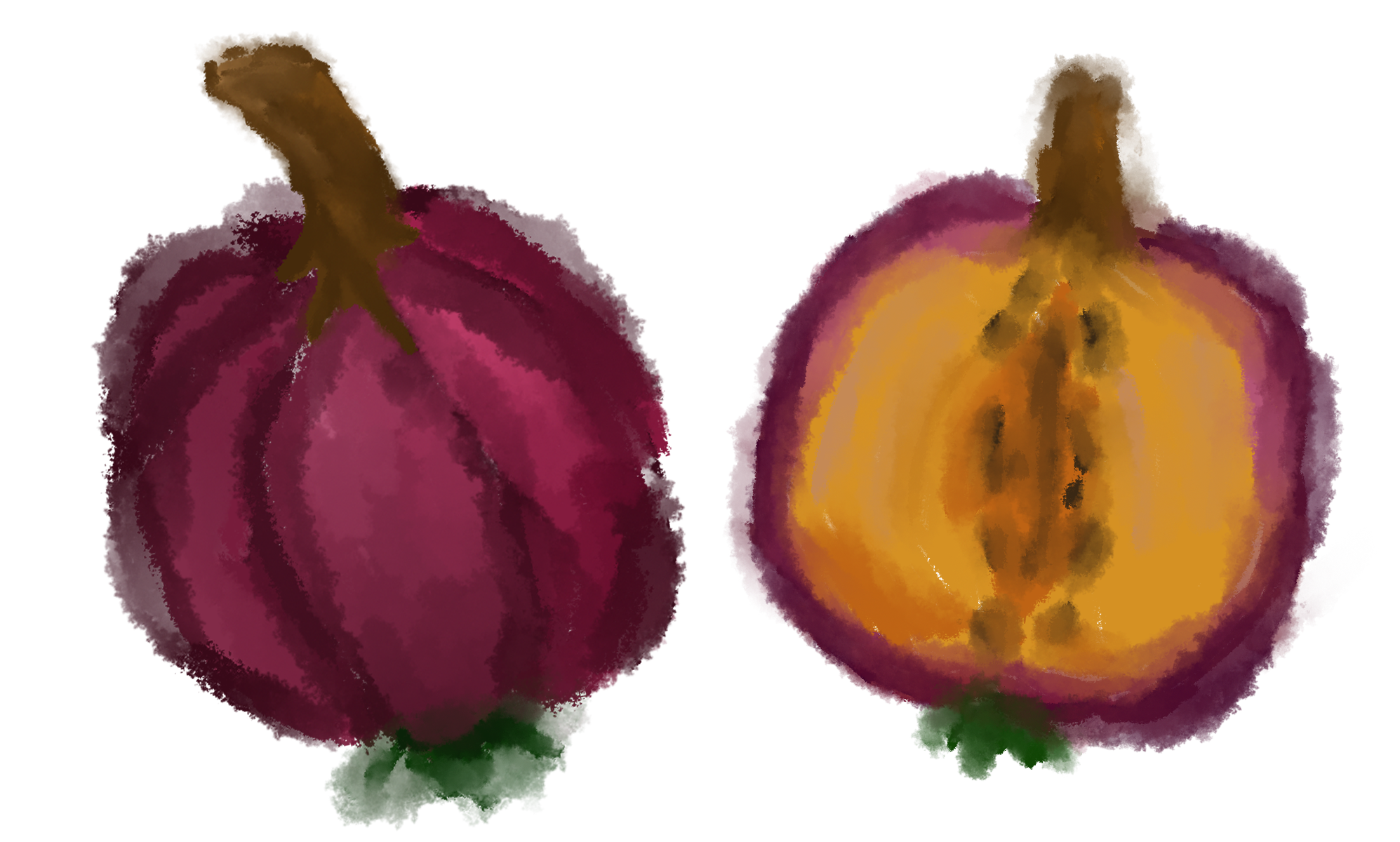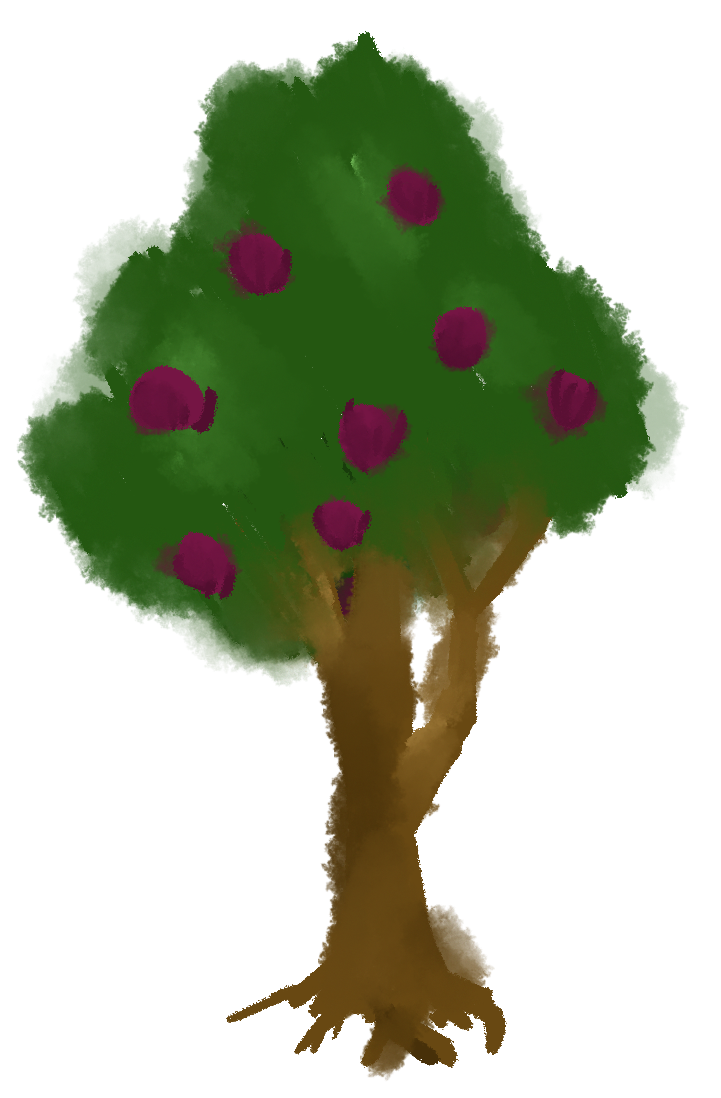Pekra
The cornerstone of Mailessian cuisine
The smell of food assaulted their noses before they even set foot in the village. The square was bustling with people. Children were playing; the youngest ones were sitting in near the village elder. A group had assembled near the middle where a lady dressed in bright colours was standing over a cauldron cooking the dinner for them all. The unmistaken fragrance of Pekra fruit hung in the air like birds on the sky.The Pekra fruit is one of the most common fruits in Mailessi, but since it's only grown near the Teina River, the Mailessians are the only ones who are able to grow it. With its bright colours and pungent smell, many would assume that this fruit is not for consumption, but any Mailessian would disagree.
Scientific Name
Tikwa Pome
Fruit, multiple seeds Location
Mailessi Status
Globally: rare
Locally (Mailessi): common






Comments